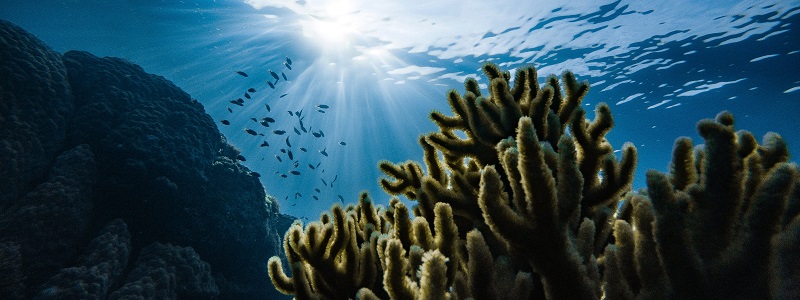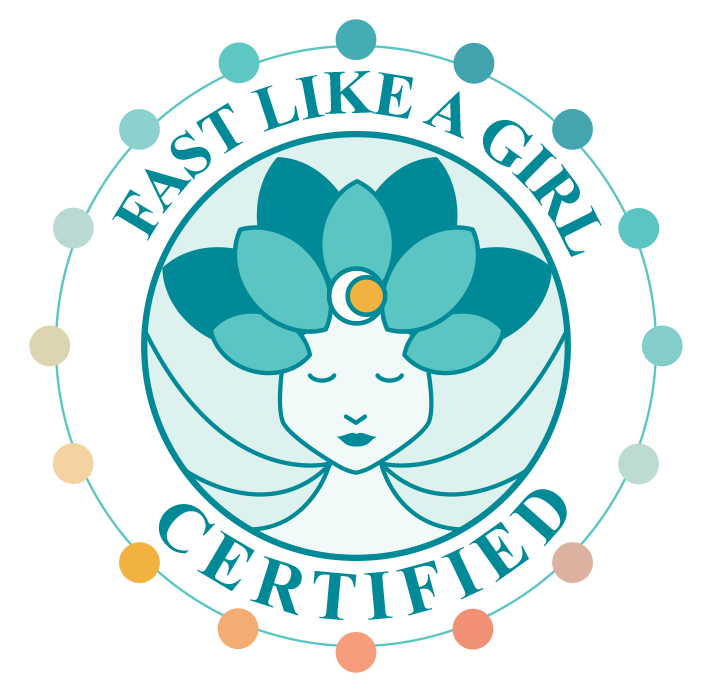After filtering and revitalizing
In parts one and two of this practical guide to water quality, we looked at what might be contaminating our water, how to remove it, and what is missing after water is processed and treated.
In Nature, as water tumbles down the mountain stream, it purifies itself as it moves in vortexes. The coherent structure of the water serves human health in that it allows the water to be absorbed into the cell, also delivering nutrients and helping waste products exit.
When we revitalize water with a flow form which mimics Nature’s process, there still might be something missing.
Water delivers minerals – let’s not lose them
As the universal solvent, water also starts to break down the rocks that it tumbles across down the stream and pick up some trace minerals.
Depending on the type of rocks the water flows across, different minerals can be found in the water. This is an important part of the hydrological cycle as water delivers trace elements to soil, and plants can take these minerals up. These elements in water are also available to animals, such as us, when we eat plants as well as drink that water.
When filtering water, it is important to remove as much of the unwanted substances, but there were some trace elements that would have been beneficial to us that may have been removed as well. If we cannot leave as many trace elements as possible, then we may have to add them back in to fully mimic Nature’s processes to make the water fit for human consumption.
Nutritionists have found a correlation between minerals in the soil, and therefore in plants, and human health. When nutrients are absent in food, creating a deficiency in the diet, the quality of health dramatically decreases. It was Linus Pauling, who discovered Vitamin C, who said: “You can trace every sickness, every disease, and every ailment to a nutrient deficiency.”
Adding back
One way to add back needed trace elements is by way of plants.
As plants do take up minerals from the soil and water, we can take advantage of what they have done already. Of course, as plants only contain what the soil they were grown in contains, plants grown by regenerative agriculture can have superior mineral content.
A glass of water with a squeeze of organic lemon or lime will add back some trace elements to our water, while giving it a delightful taste.
Certain herbs such as nettles are full of minerals, and making tea from them can infuse minerals into our drinking water. Again, herbal tea can be a nurturing nutritive drink while we enjoy the taste. By varying the herbs, we can drink a variety of teas and get a variety of minerals.
The mineral Salt
Although Americans have been told to avoid salt while at the same time craving it and eating it on chips and in processed food, salt is a very important mineral combination.
Common salt is sodium plus chloride, and sea or mined salt can contain many other trace minerals. Our blood is like the ocean because it contains dissolved sodium and chloride. Both are important for acid-base balance and water balance inside and outside the cells.
By adding high quality salt, such as sea salt, to revitalized water, it helps us rehydrate. Even intravenous medical treatments start with a salt water solution.
Beyond sodium and chloride
As the ocean contains many more minerals than sodium and chloride, we can find many more trace minerals to add back to the water. Trace mineral products can be added to water if you don’t feel you are getting them from teas or citrus juice.
Among trace mineral products, volcanic minerals stand out because they do so much more than add minerals. They do provide more than 80 minerals required for biological processes of life. But that is just the beginning of how they support life.
Nature uses volcanic plumes on the ocean floor to help filter and clean ocean water. As the hydrological cycle always returns to the ocean, this is another opportunity for water to purify itself. The volcanic sulfur ionic compounds surround impurities, rendering them inert.
In the same way, these volcanic minerals can filter our water by surrounding toxins to make them inert. Toxins such as municipal chlorine, fluoride, pesticides, herbicides, industrial chemicals, heavy metals, pharmaceutical drugs, and even pathogenic bacteria are surrounded by the ionic volcanic minerals and precipitate out to settle at the bottom.
These minerals set up the biological quality of life, and the product I have to deliver them is called Minbiotics. I have bottles available in my office now. A more advanced version will be available to order online in early 2022.
Water fit for human consumption
We have seen over these three articles that, following Schauberger’s – the Water Wizard’s – advice, we do best with water from pristine spring-fed streams, which has been purified and vitalized by Nature.
As most of us do not have access to this, we can mimic Nature’s processes and purify and revitalize our own municipal or well water.
Starting with filtration, we can separate out the elements not supportive of life. The way we do that depends on what is in our water.
Then we attend to the water itself, not just what is in the water. We can revitalize water by passing it through precise flow forms which mimic water tumbling down a stream. This goes a long way towards making the water absorbable to our cells, as well as helping to deliver nutrients and remove wastes.
Finally, if the water has been stripped of trace elements, they can be added back in. By squeezing lemon in a glass of water or making herbal tea, we boost the mineral content. Sodium chloride, common salt, is important to add when we desire even more hydration.
Finally, volcanic ionic minerals can add to the biologic quality of water by making trace elements available to us.
Coming full circle to filtration, the Minbiotics volcanic ionic minerals will also purify water as they surround and precipitate out toxins.
Ask yourself
What practical measures are you willing to take right now for high water quality?





